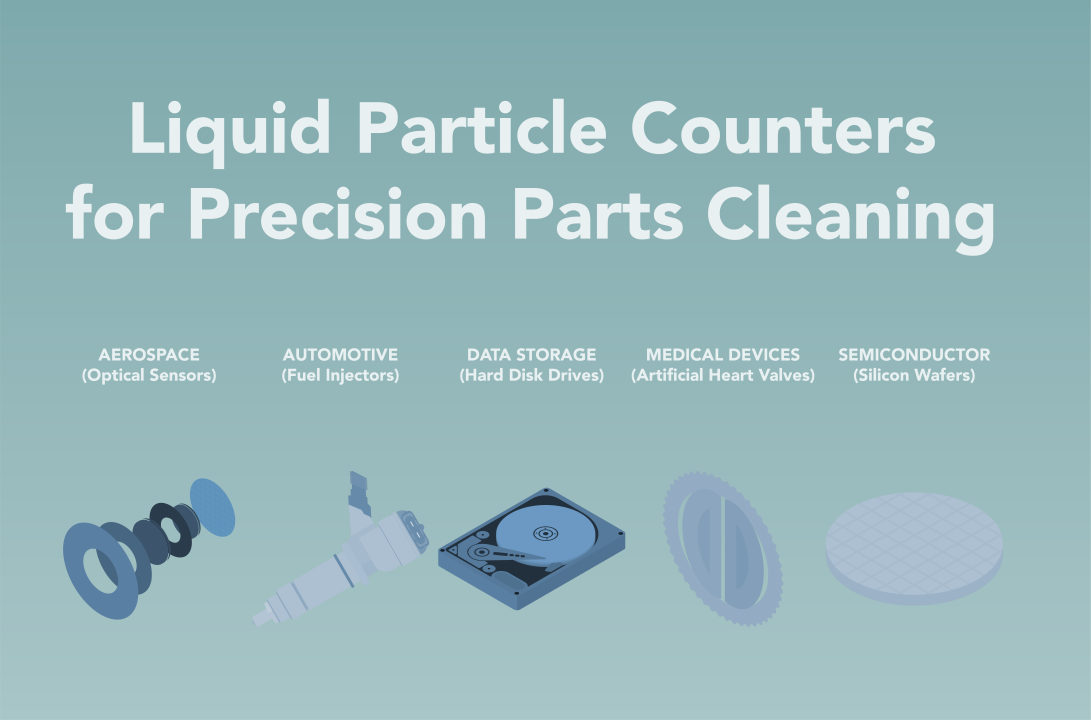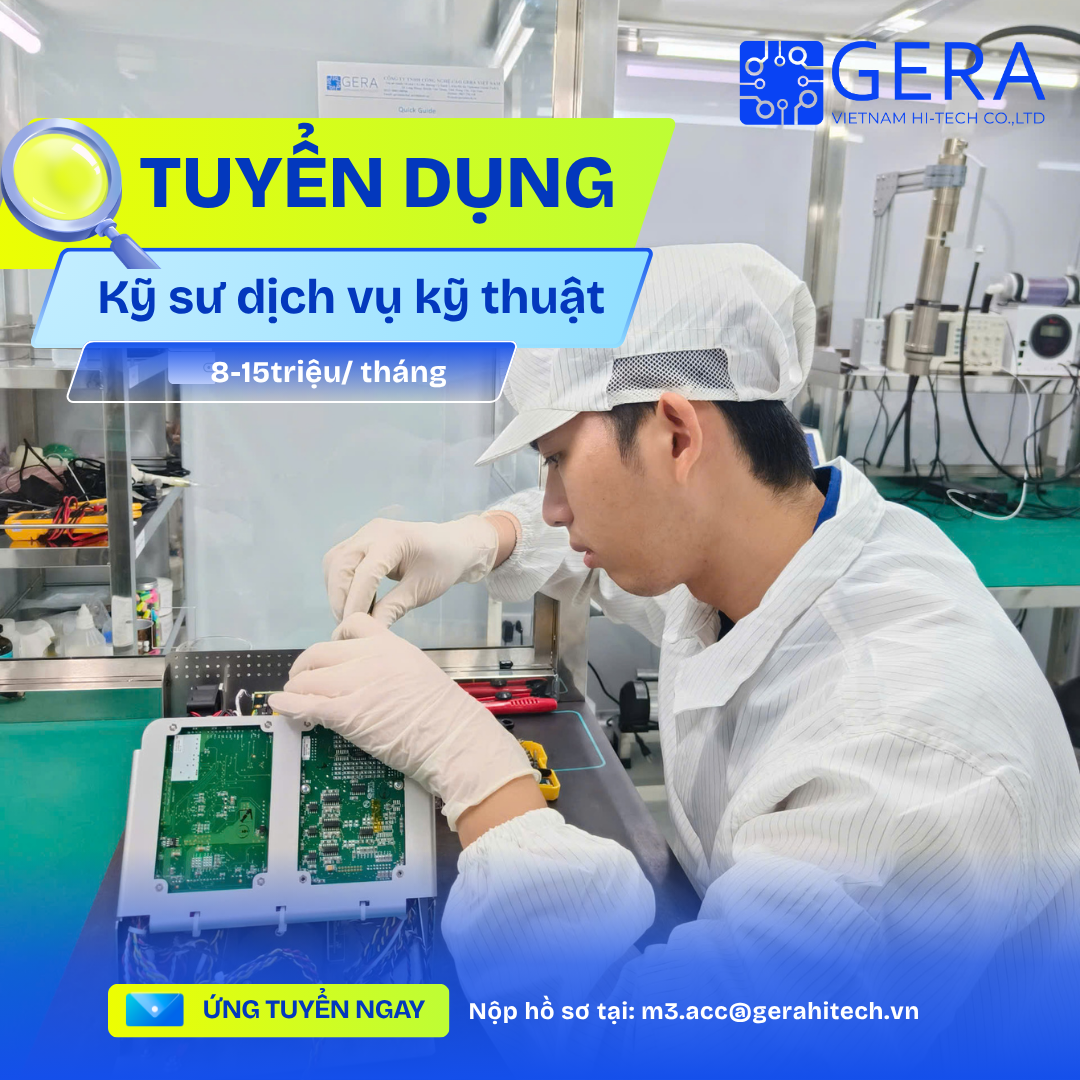The consistent material properties used in premium graphite electrodes from Poco Graphite enable increased electrode detail and improved machining productivity to maximize EDM efficiency and reduce overall costs.
Ideal for EDM applications in aerospace, medical, consumer, automotive and other industries, premium graphite electrodes from Poco Graphite use materials with the right properties and performance to achieve maximum EDM efficiency and reduce overall costs, while also allowing for increased electrode detail and improved machining productivity.
Gera Vietnam will showcase their premium graphite product line including over 100 grades of graphite used in EDM, semiconductor and other industrial applications. Several electrodes machined with different material classifications will be shown to show the type of part machining that can be achieved with these EDM materials. These featured electrodes are provided by industry end users and represent real-world applications from the aerospace, medical, consumer and automotive industries. Using their EDM graphite increases the likelihood of achieving optimal performance, maximizing cost of ownership savings in a shop’s EDM operations. Highly recognized as the standard for EDM graphite electrodes, the company produces materials with the right properties and performance to achieve maximum EDM efficiency and reduce overall costs.
However, any machinist who has worked with graphite knows that it cuts very easily. Simply being easy to machine does not necessarily make a material the best choice for a given electrode part; it must also be strong enough to resist damage caused by handling outside the EDM process. Sufficient strength and small grain size are important to be able to achieve minimum radii and close tolerances. Material hardness is also a factor in graphite machining, as harder electrode materials are more susceptible to chipping during machining.

It goes without saying that today’s market wants products that are significantly smaller than their predecessors. To produce these products, a more complex electrode assembly is required to produce the mold. This requires an electrode material that will allow efficient and economical machining while creating an increasingly complex, delicate electrode part without chipping or breakage. Having a consistent homogeneous structure in the graphite material allows this to be achieved with a higher degree of success.
Material classification of graphite is based on grain size and largely affects the microstructure of the electrode material. It is often said that the detail that can be achieved on a machined electrode can only be as good as the microstructure allows. Although one may think that the difference between one classification and another may seem insignificant, it actually has a significant influence on the ability to machine the desired electrode performance and machining parameters. work needed to be successful.
![]()

















